As wearing a face mask to help ease the spread of COVID-19 becomes more common across the world (and in some cases compulsory), an unwelcome side effect is acne around the lower half of your face, adorably dubbed ‘maskne’.
Friction, moisture, trapped dirt & bacteria create the perfect breeding ground for breakouts, flare ups, and general maskne.
The technical term for mask acne is maskne. Wait. No. That’s the internet's name for it. The actual technical term is ‘acne mechanicha’ which is the same name as Transformers upcoming 2021 product release.
So, what happens is: the occlusive nature (seal-it-in-ability) of face masks leads to breakouts and acne. The change in environment on your skin (humidity from your hot breath) and the friction caused from wearing a mask can cause inflammation and irritation.
Here’s what you can do to help ease maskne:
Minimise makeup. Or at least pare it back. A lot of foundations aren’t pore-friendly (or non-comedogenic for the science-y among us) so to give your skin the best chance of breathing, ease-up on the contour and full coverage foundation.
Soothe pimples with clay. A clarifying clay mask will quickly calm and soothe any active and angry breakouts.
Cleanse right. Double cleansing in the evening will ensure your skin is clean, nourished and balanced and prepped to soak up your night-time skin care.
Save your rich skin care for PM. (After you’ve done wearing your mask for the day.) The environment created by wearing a mask is fairly occlusive, meaning the good (moisture) and the bad (bacteria) are trapped in there together. Ick.
Best practice is to avoid occlusive skin care, like rich moisturisers, during the day when wearing a mask so the occlusive environment isn’t amplified.
Be consistent and gentle with your routine. Now is not the time to test out fancy new products and methods. Be gentle with your skin and focus on keeping it balanced, hydrated and soothed.
Wash your mask. (More than you think.) Disposable masks are only intended to be on your face for 4 hours at a time, so if you’re using a cloth one (ooohhh!) it’s important to keep it clean. Wash it after every use to ensure you’re not trapping existing dirt and bacteria onto your skin and, y’know, so it’s clean.
Don’t touch your mask! Or your face! You know the rules of not touching your face? The same applies to your mask-wearing face. Keep your hands clean and far away from your face to minimise any additional breakout-causing bacteria to invade your face space.
Open breakout? Use a pimple patch to create a santisied space (most pimple patches have benzoyl peroxide or a similar spot stopper) so it can be treated throughout the day. It’ll also act as a barrier between your mask and the irritation to prevent it getting crankier.
Exfoliate regularly. Using ingredients that are too harsh can strip away your skin’s natural lipids disrupting your moisture barrier which can often cause breakouts to worsen. But a gentle exfoliator used 2-3 times a week will help clear your face of dirt/grime/old skin cells and allow your hydrating products to sink in deep and work hard. This is exactly what you need in a time of moisture-sucking mask-wearing.


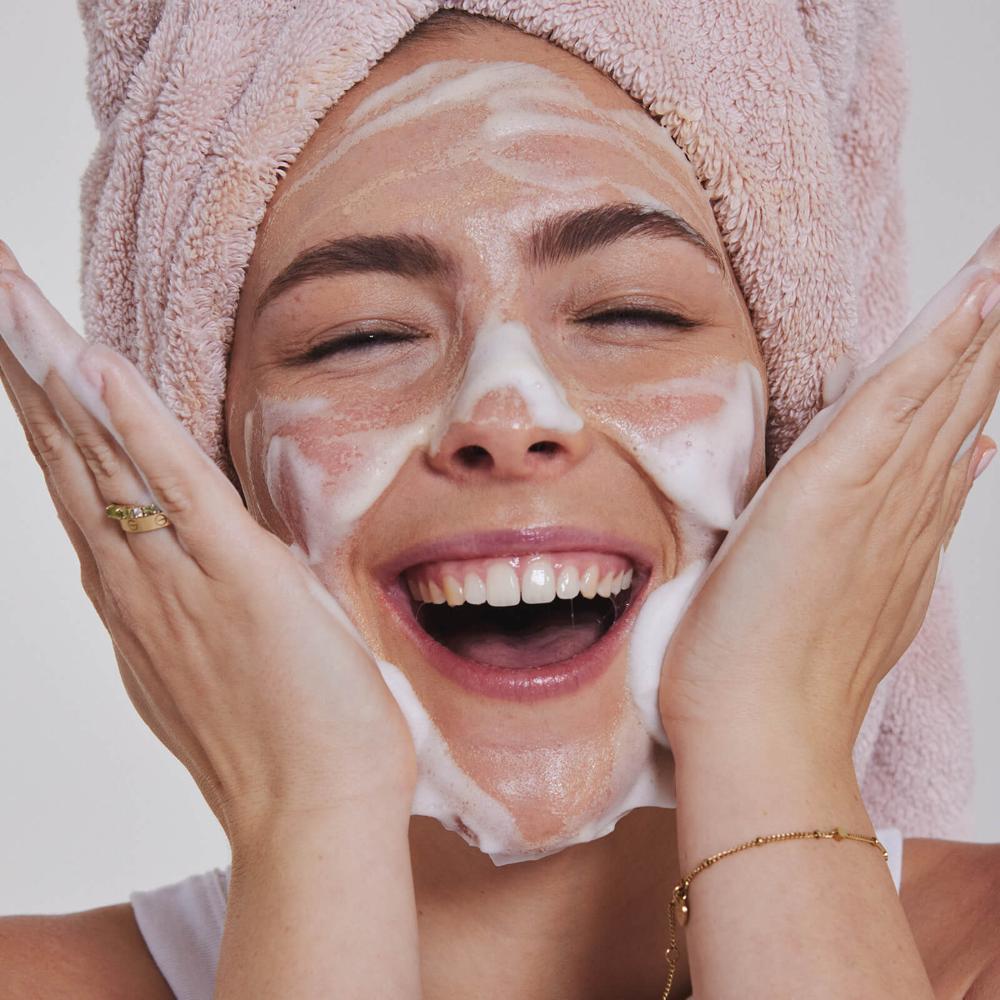
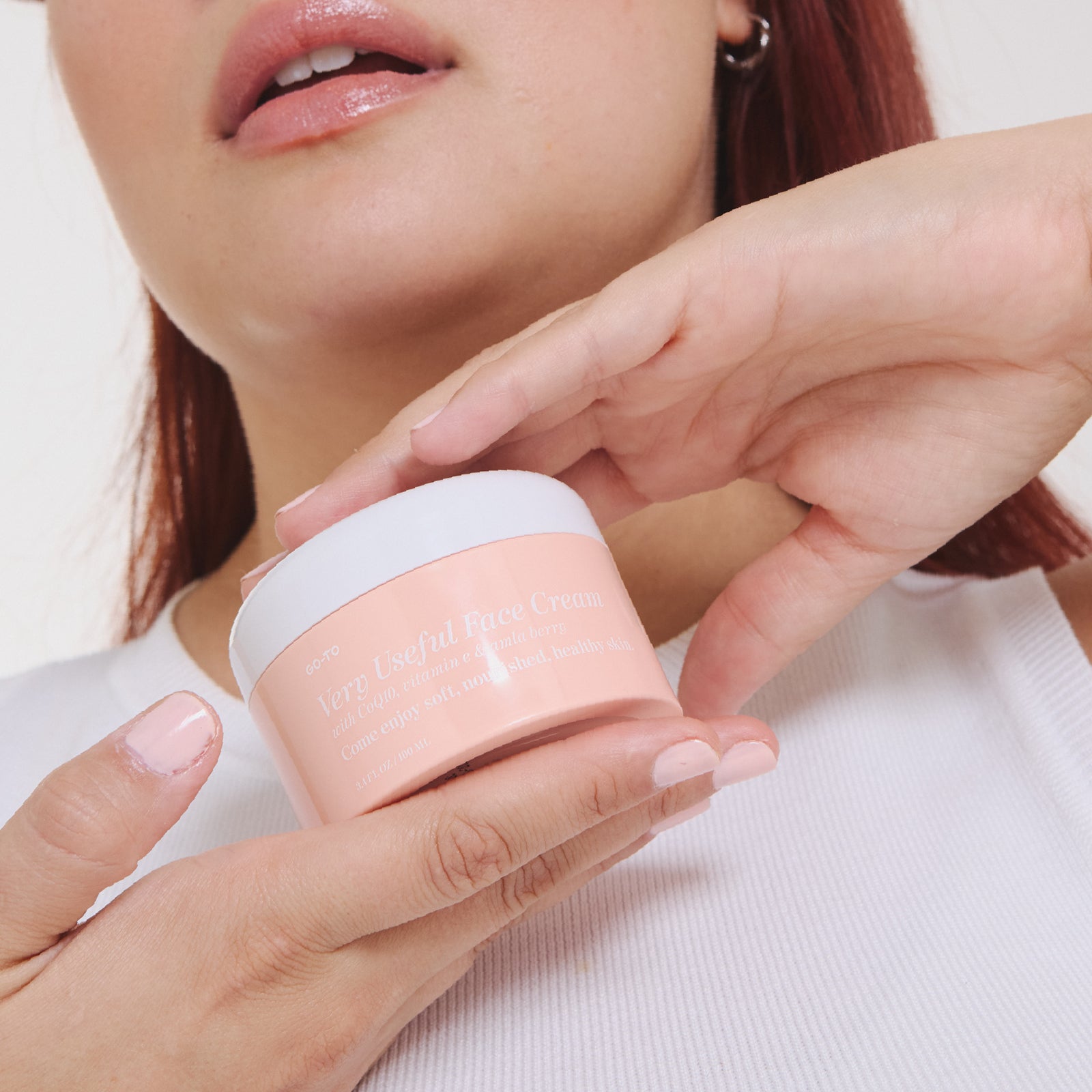

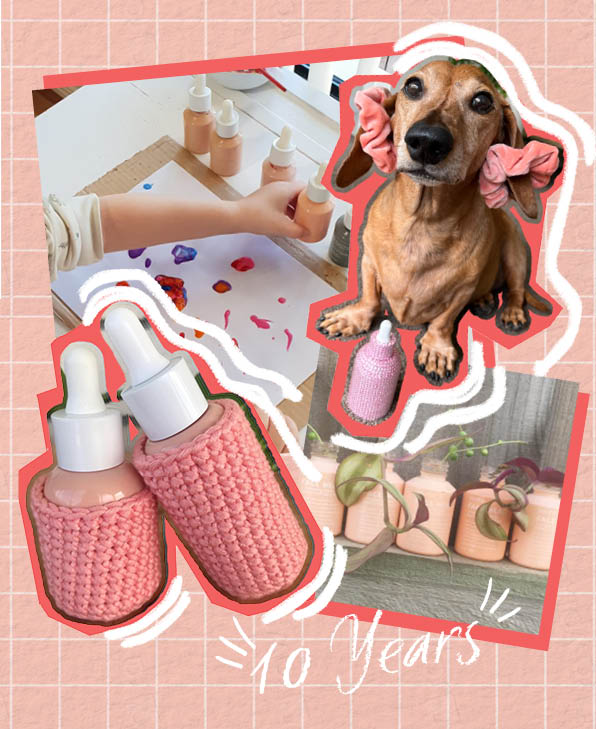

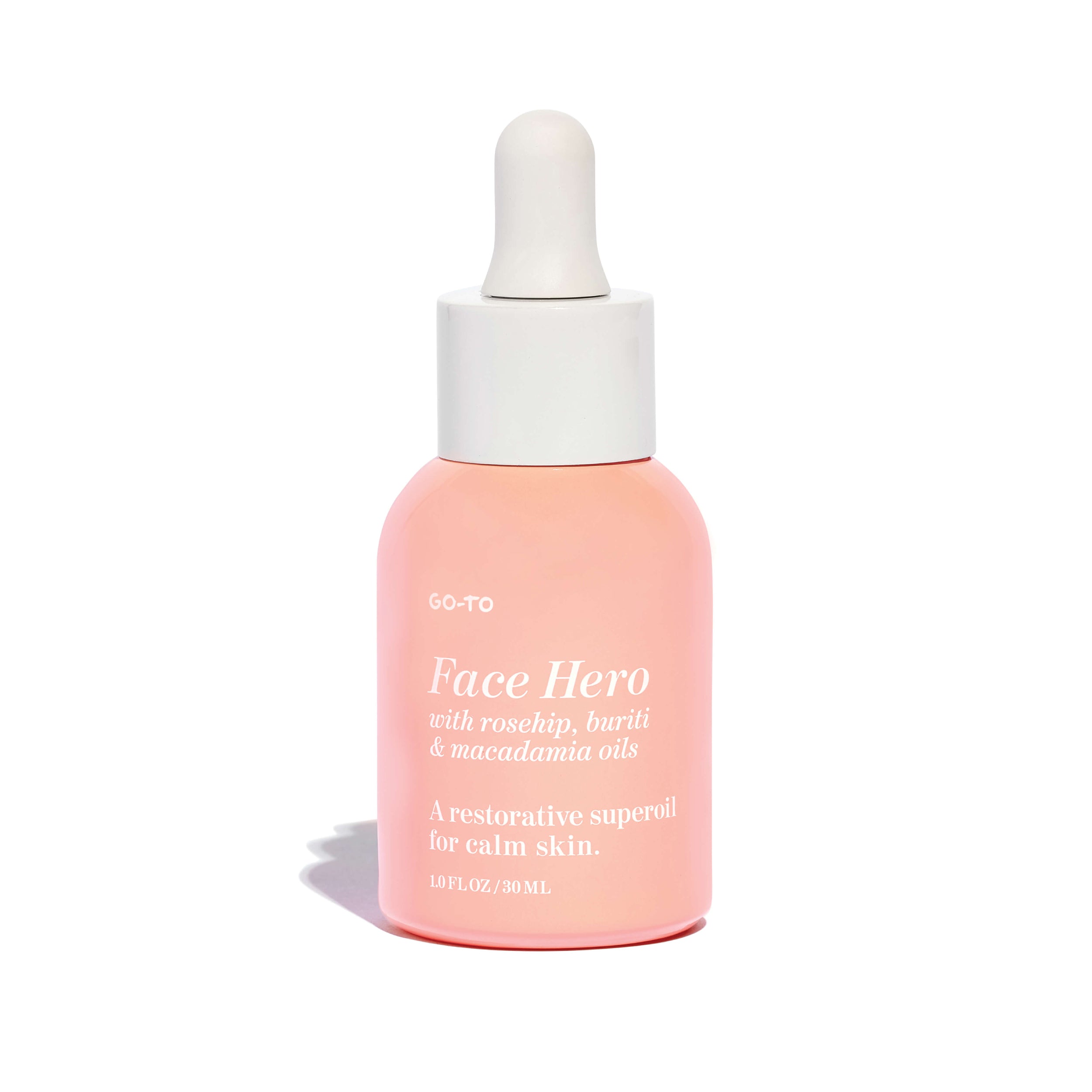
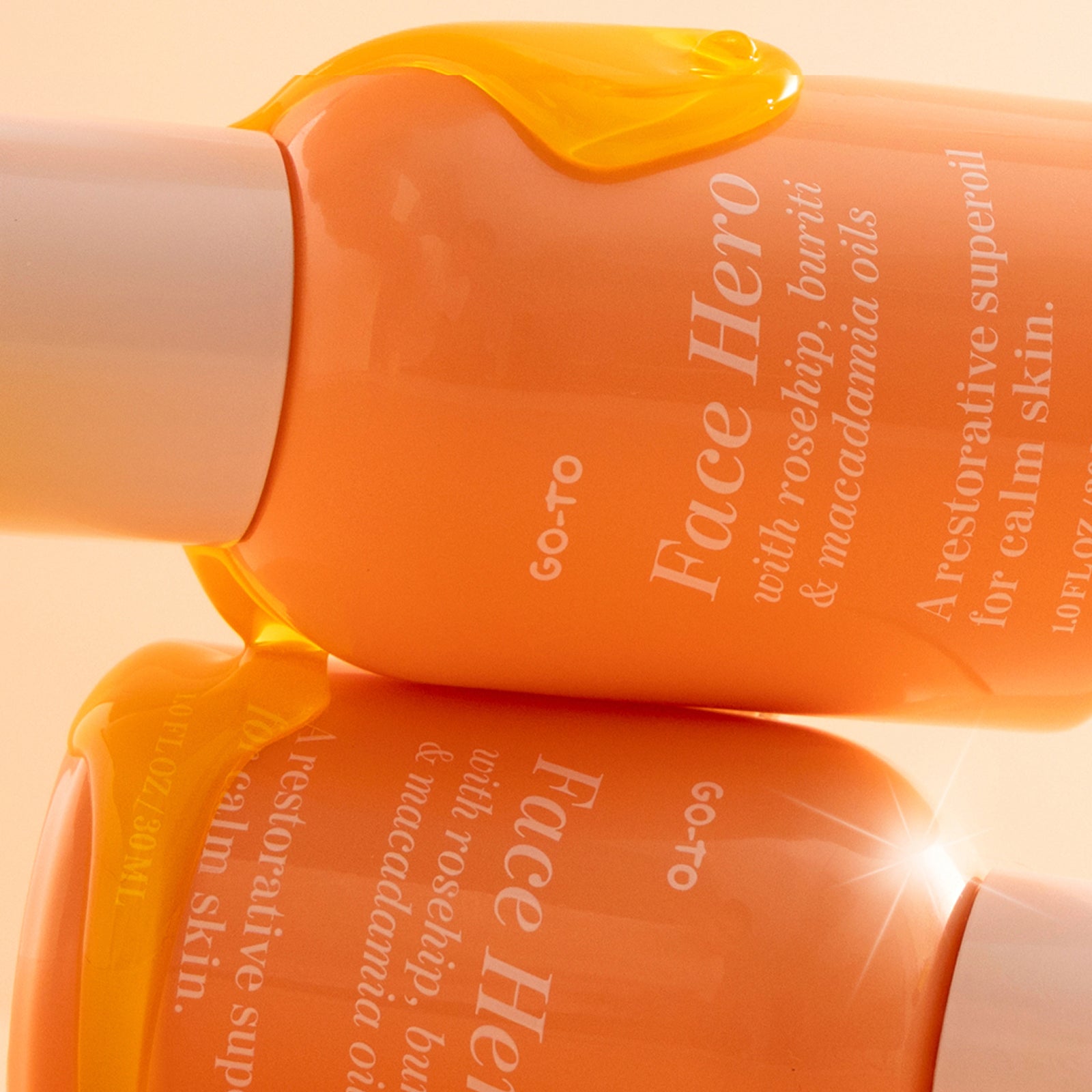
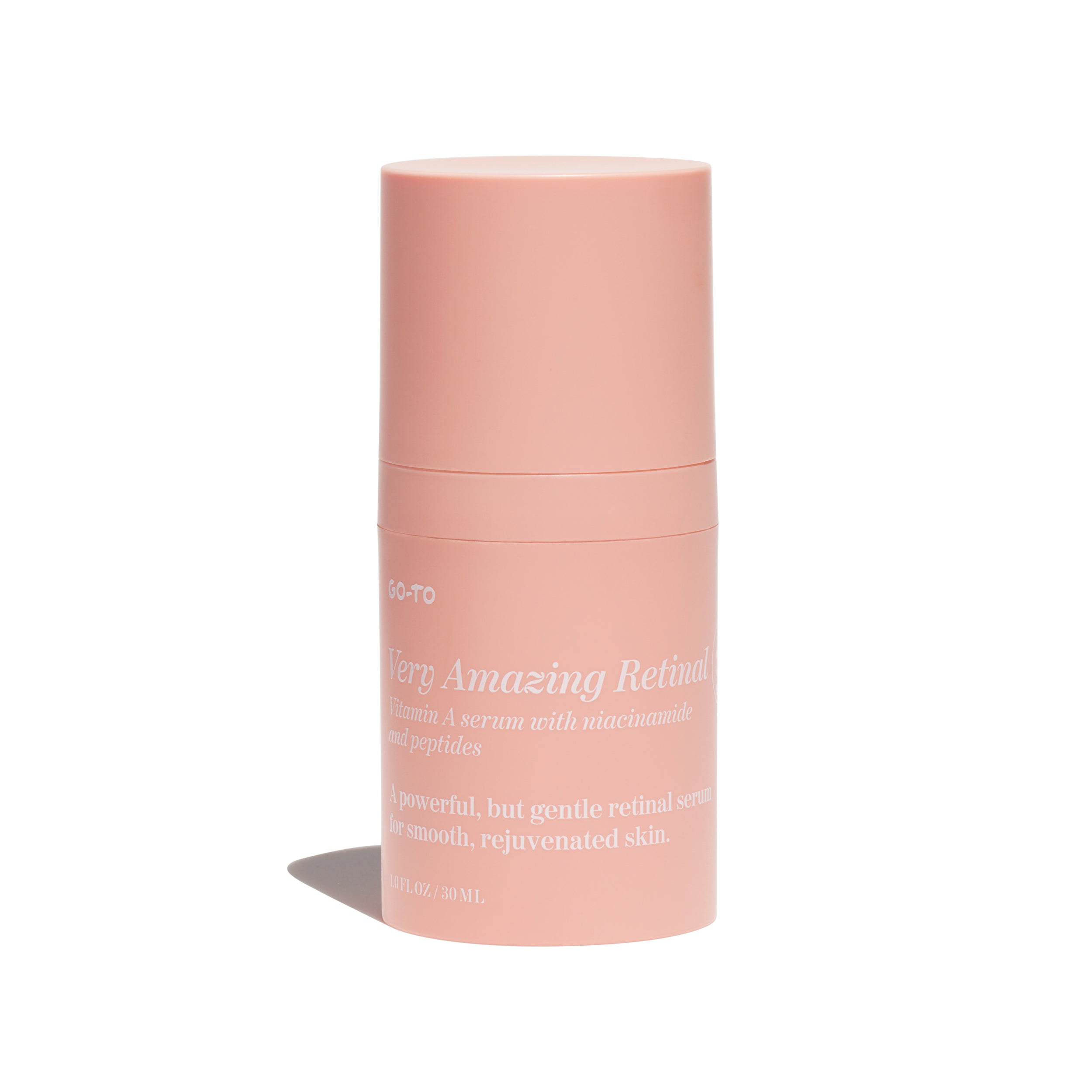


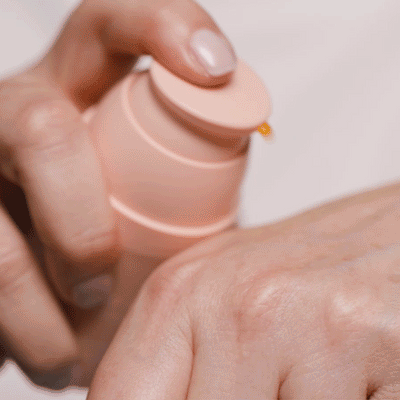


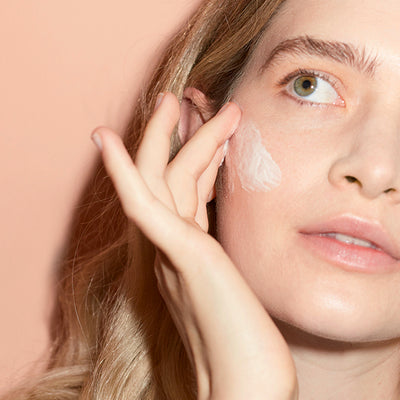
Comments